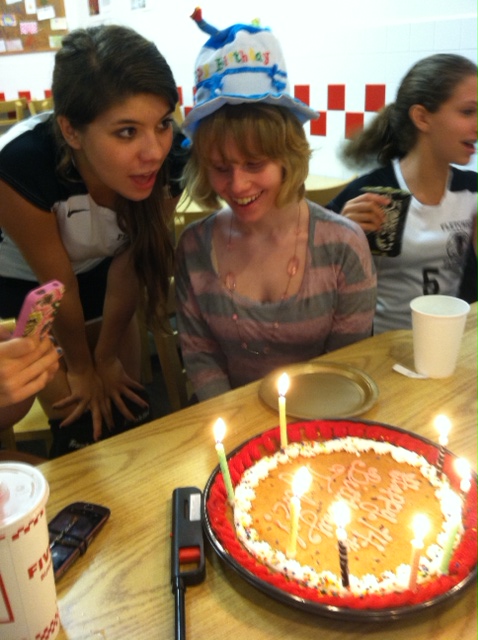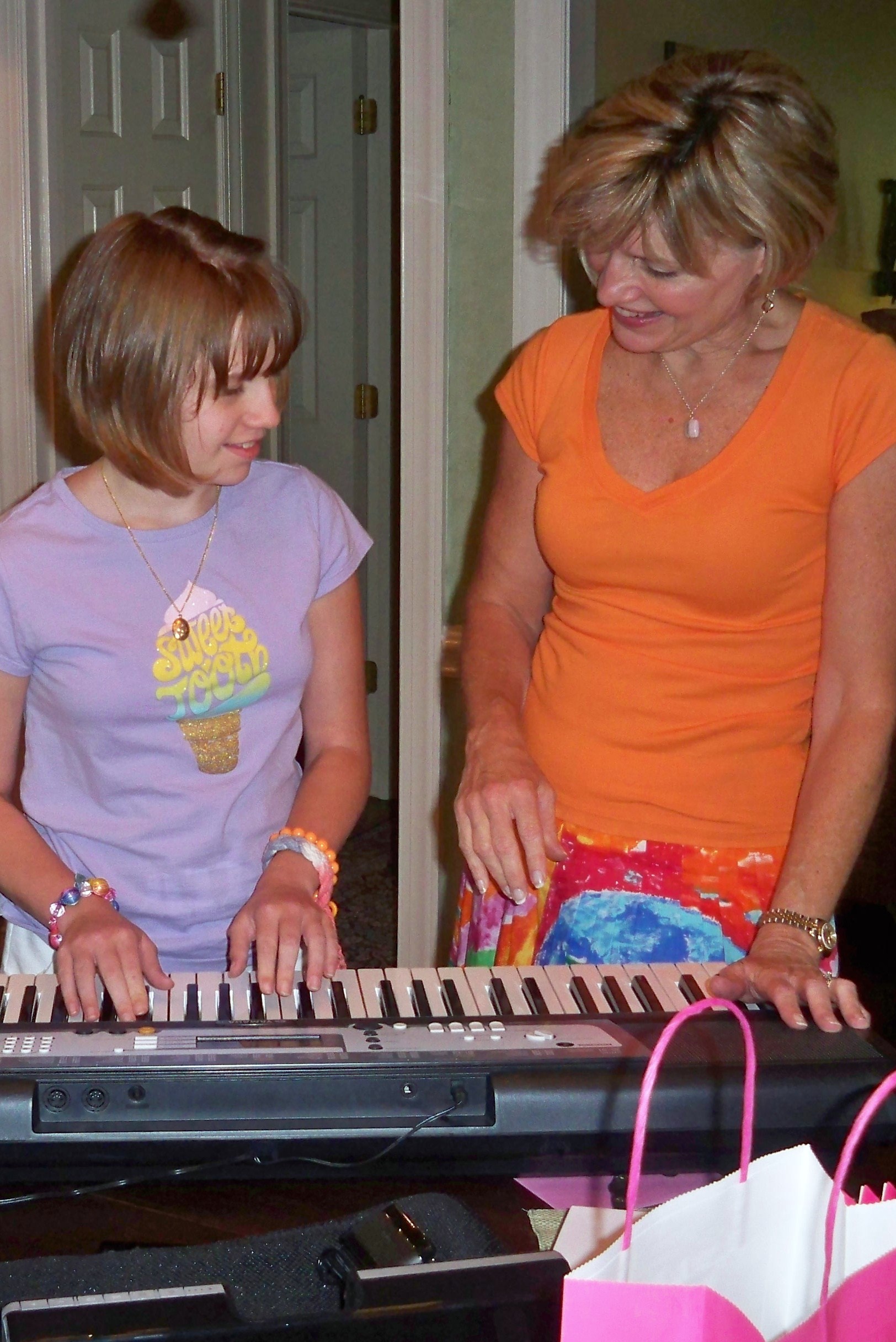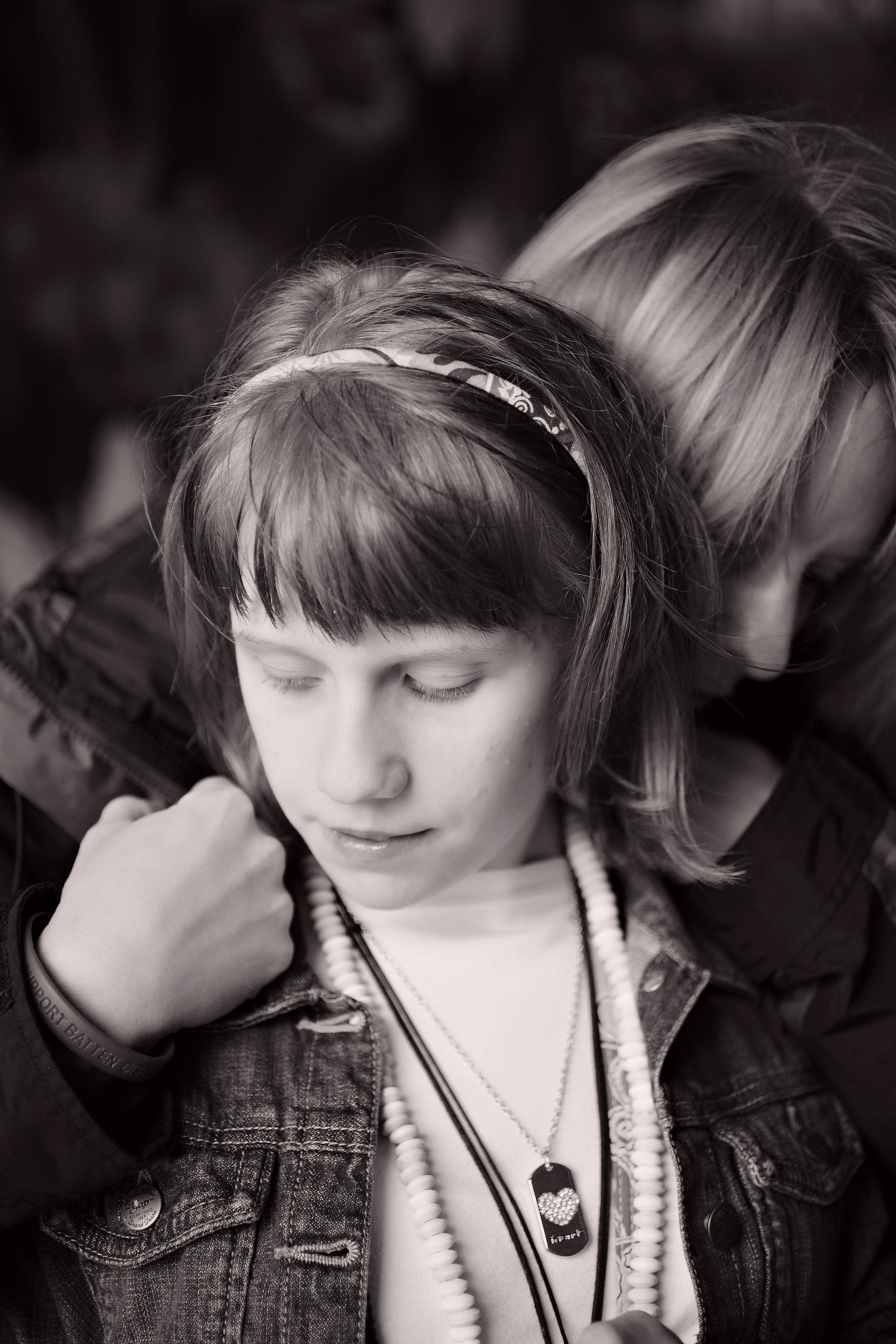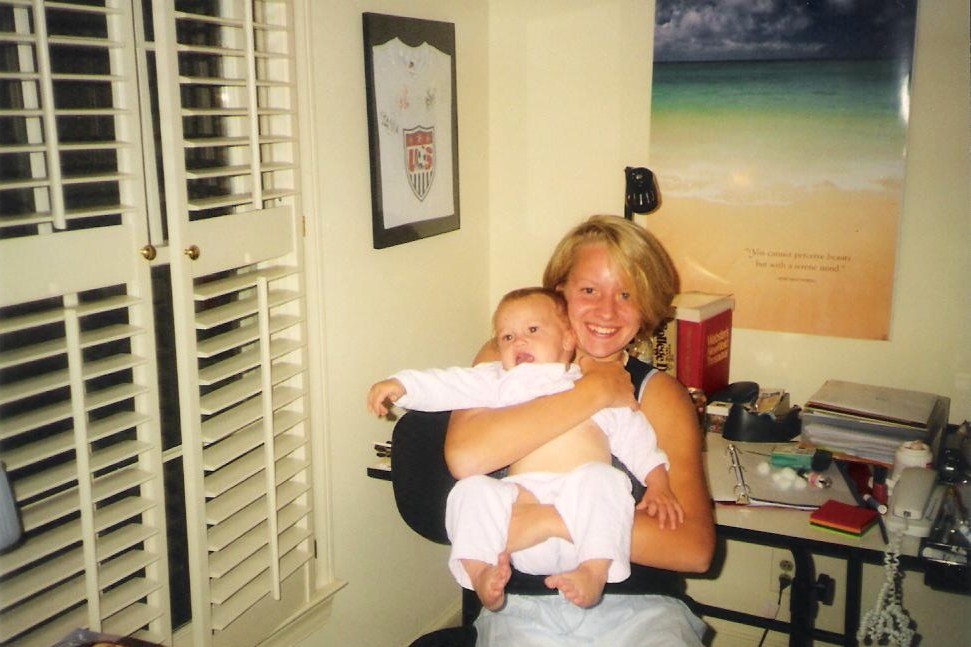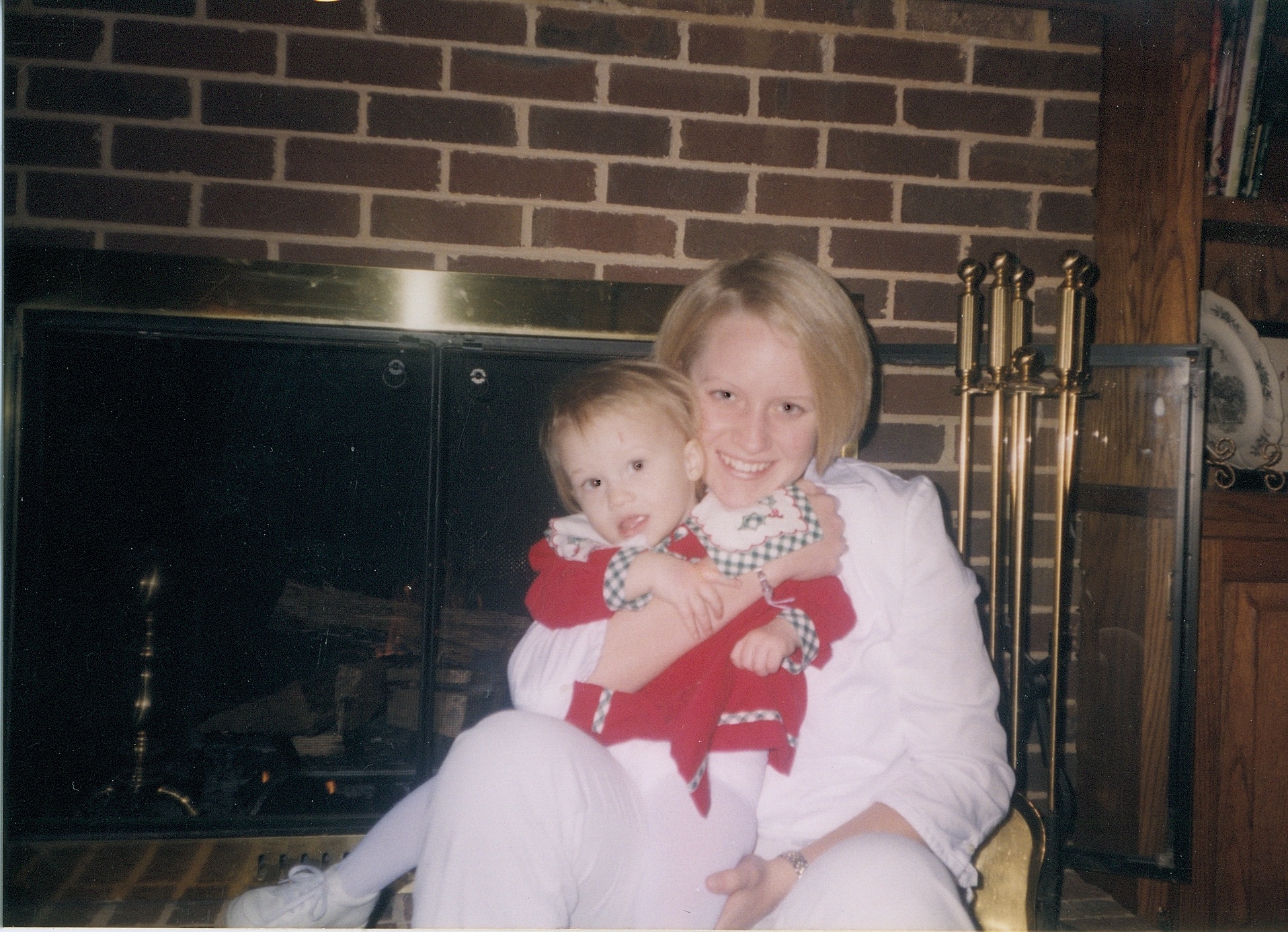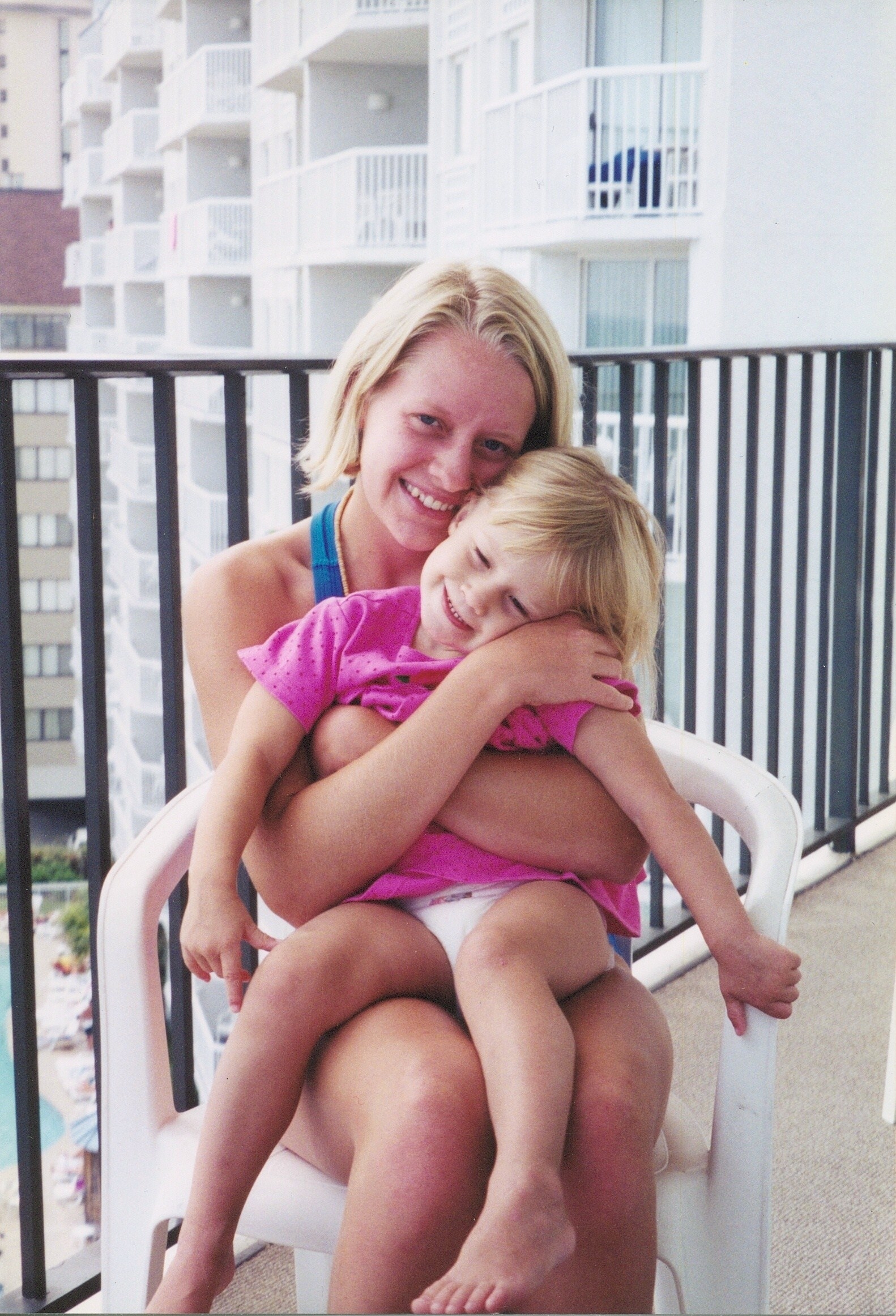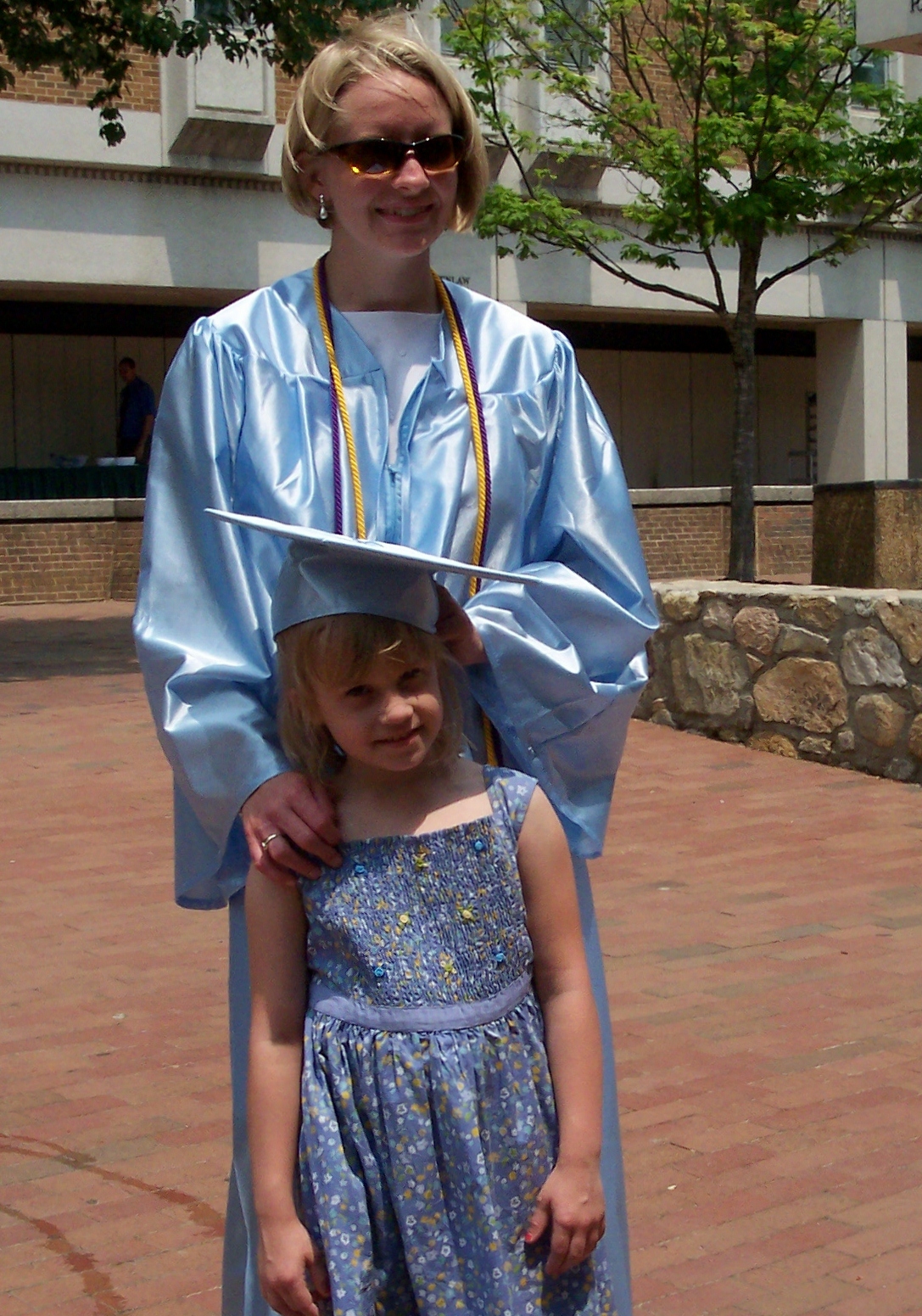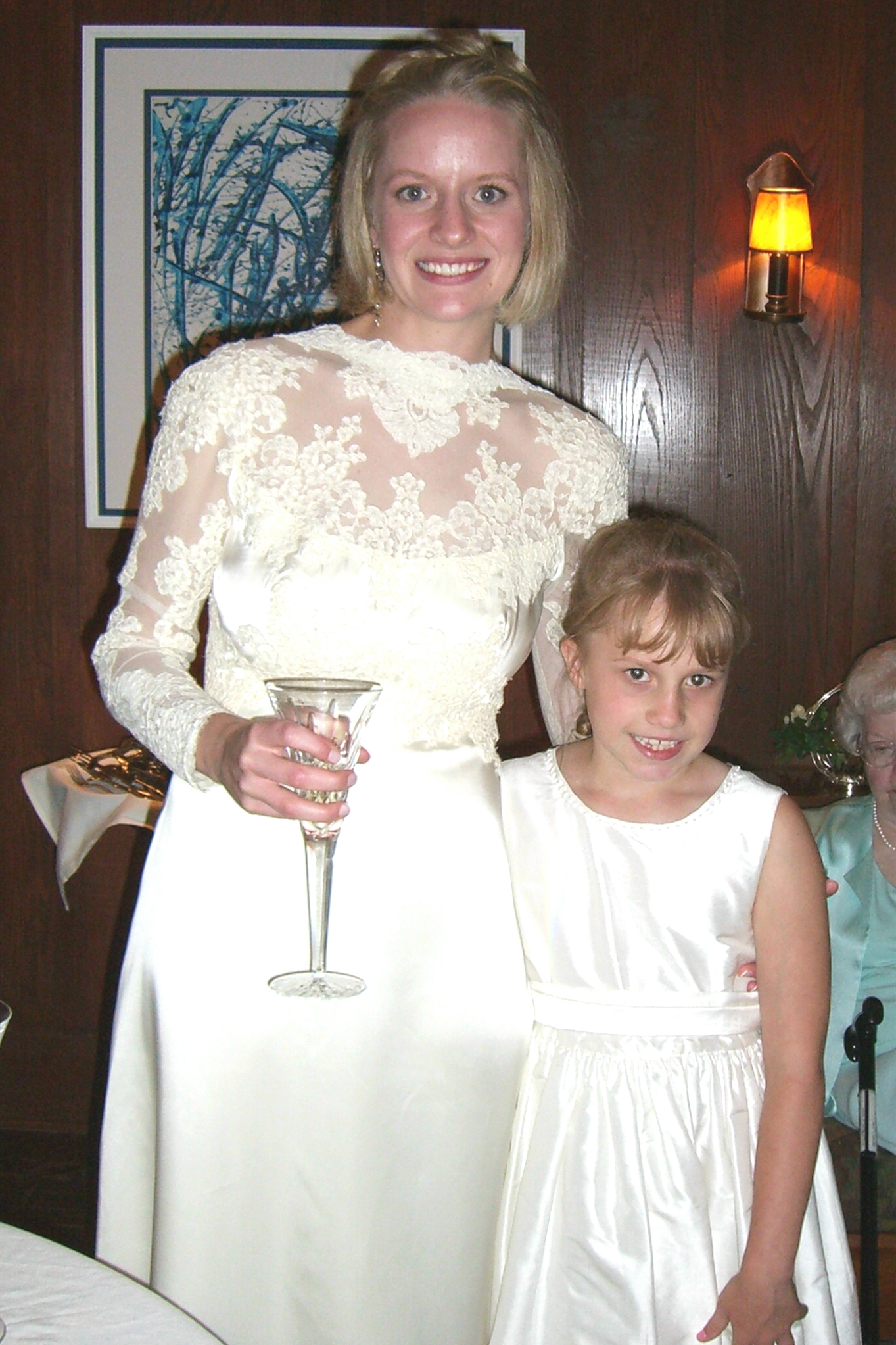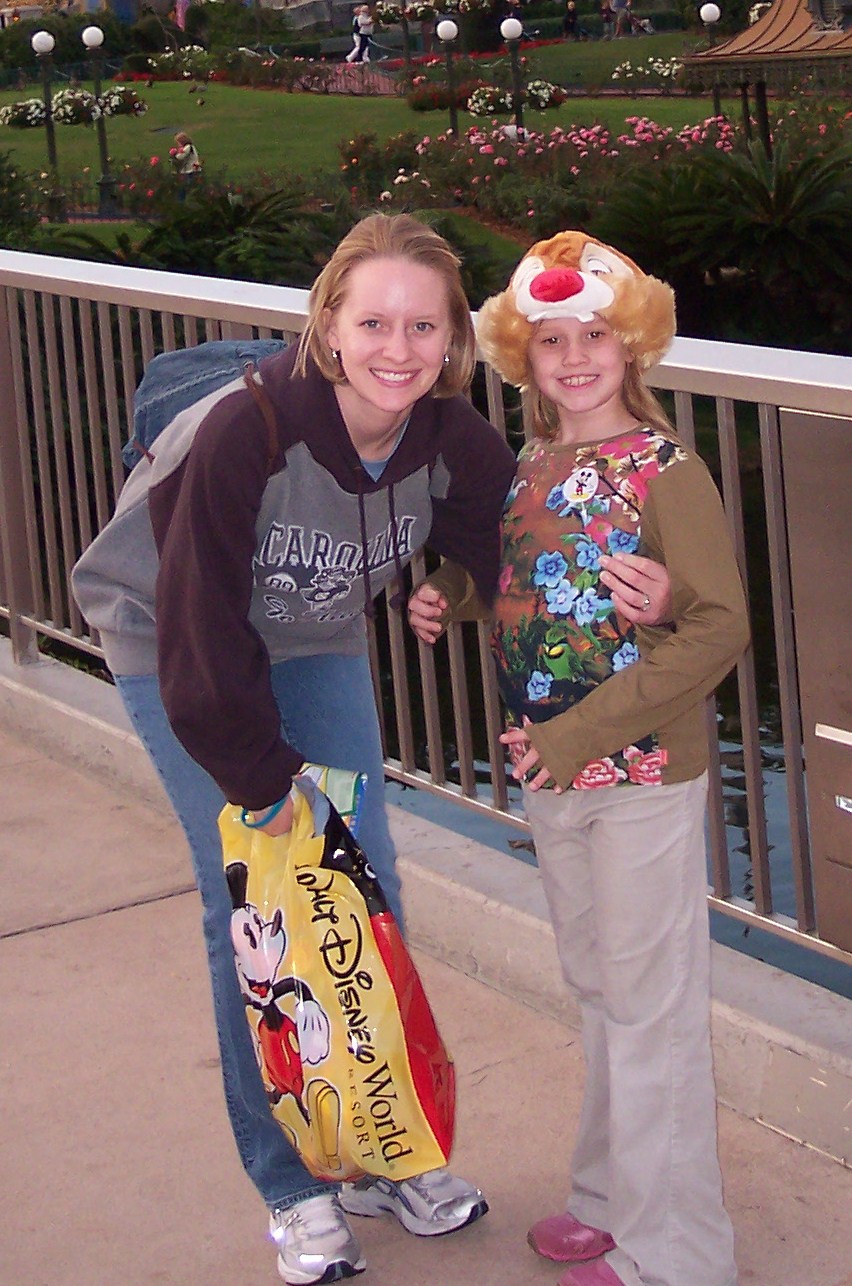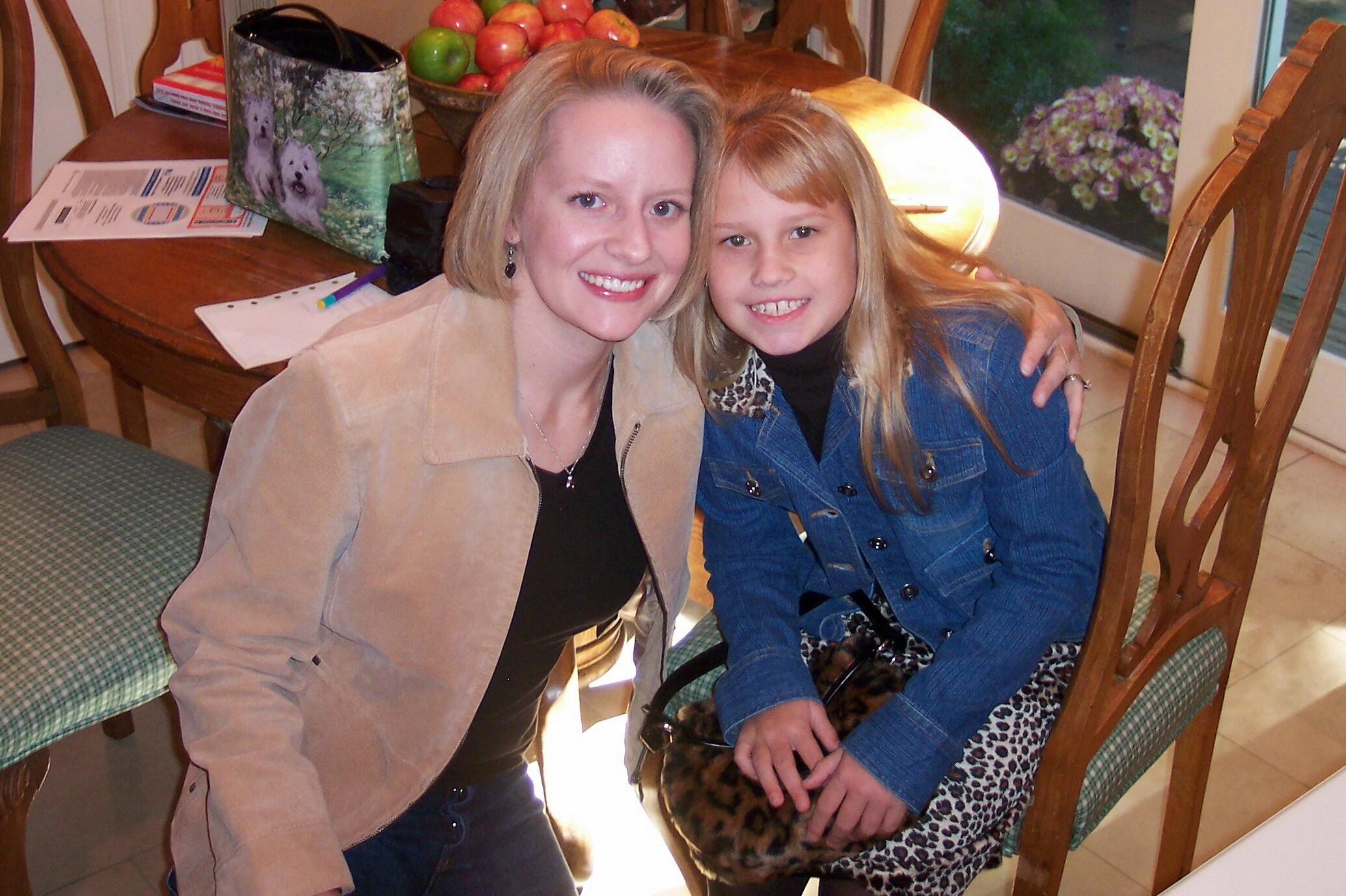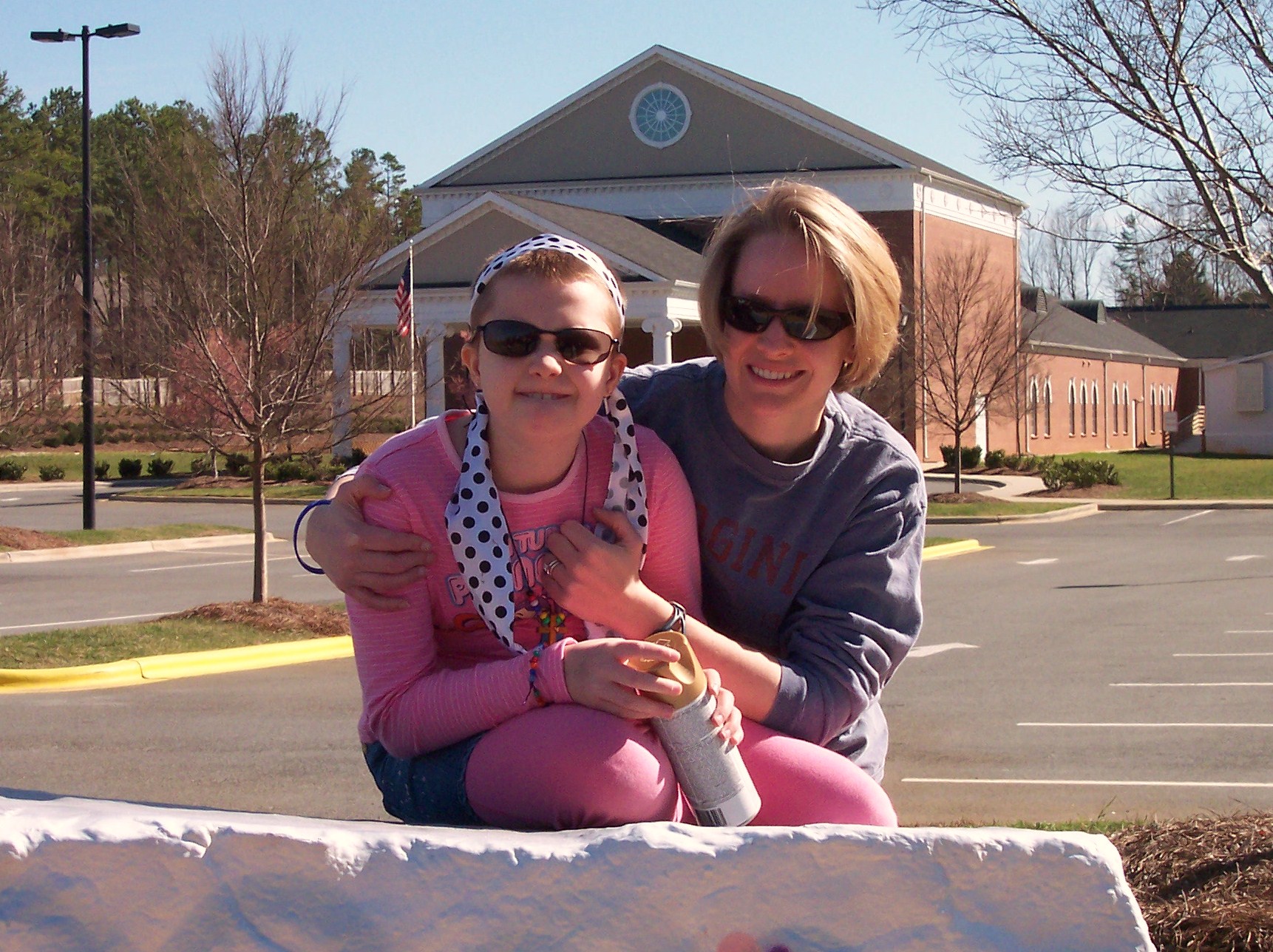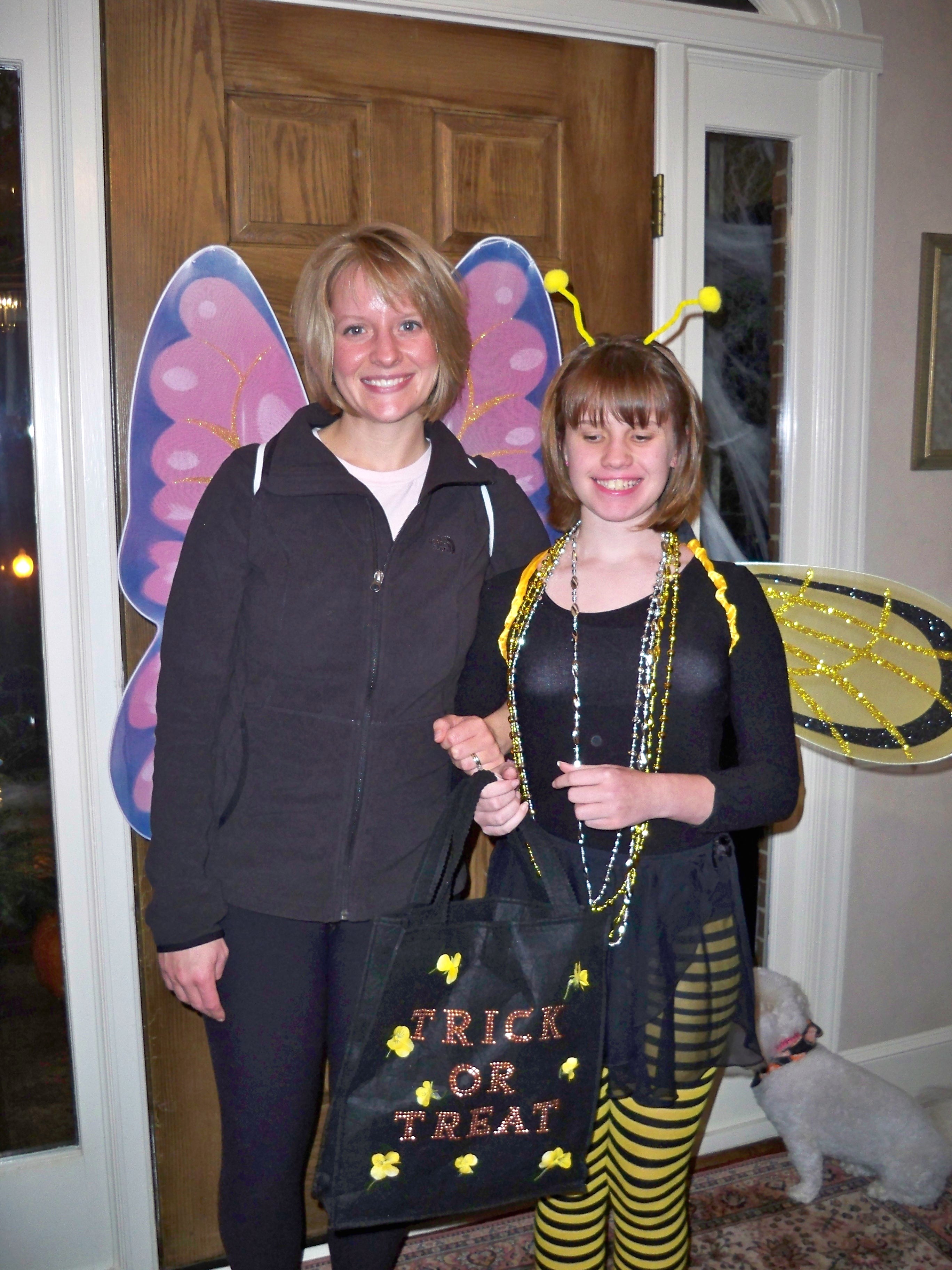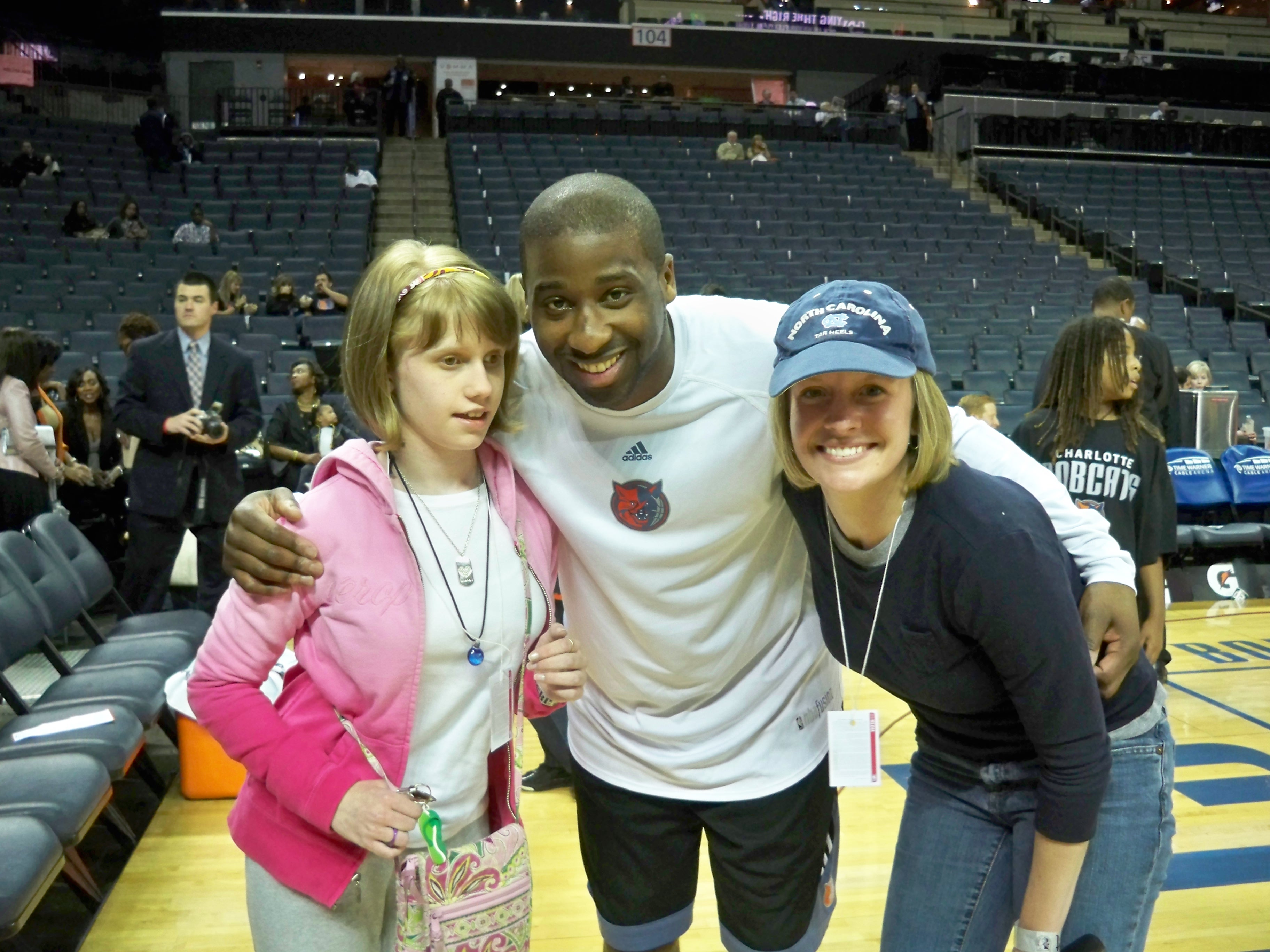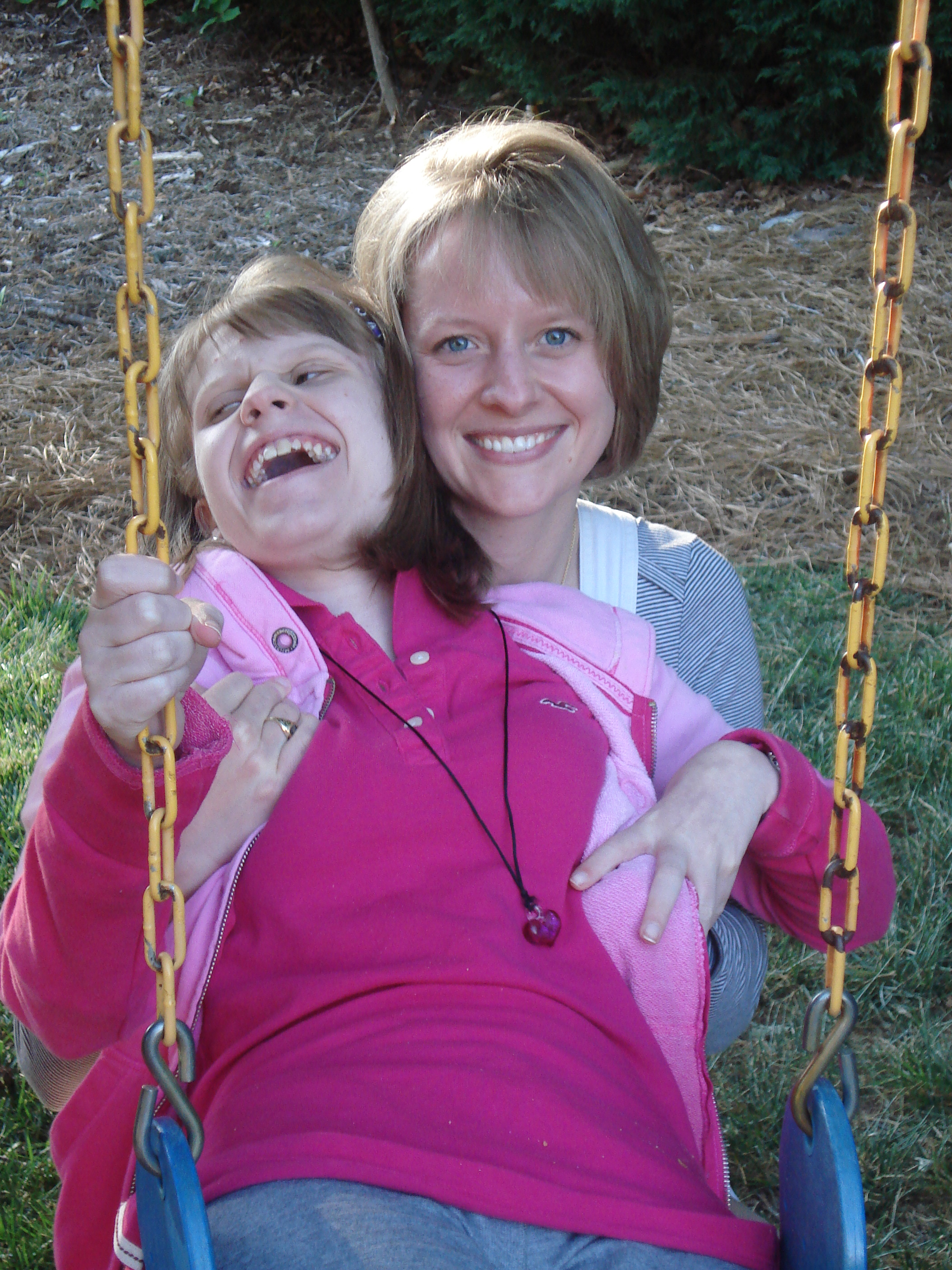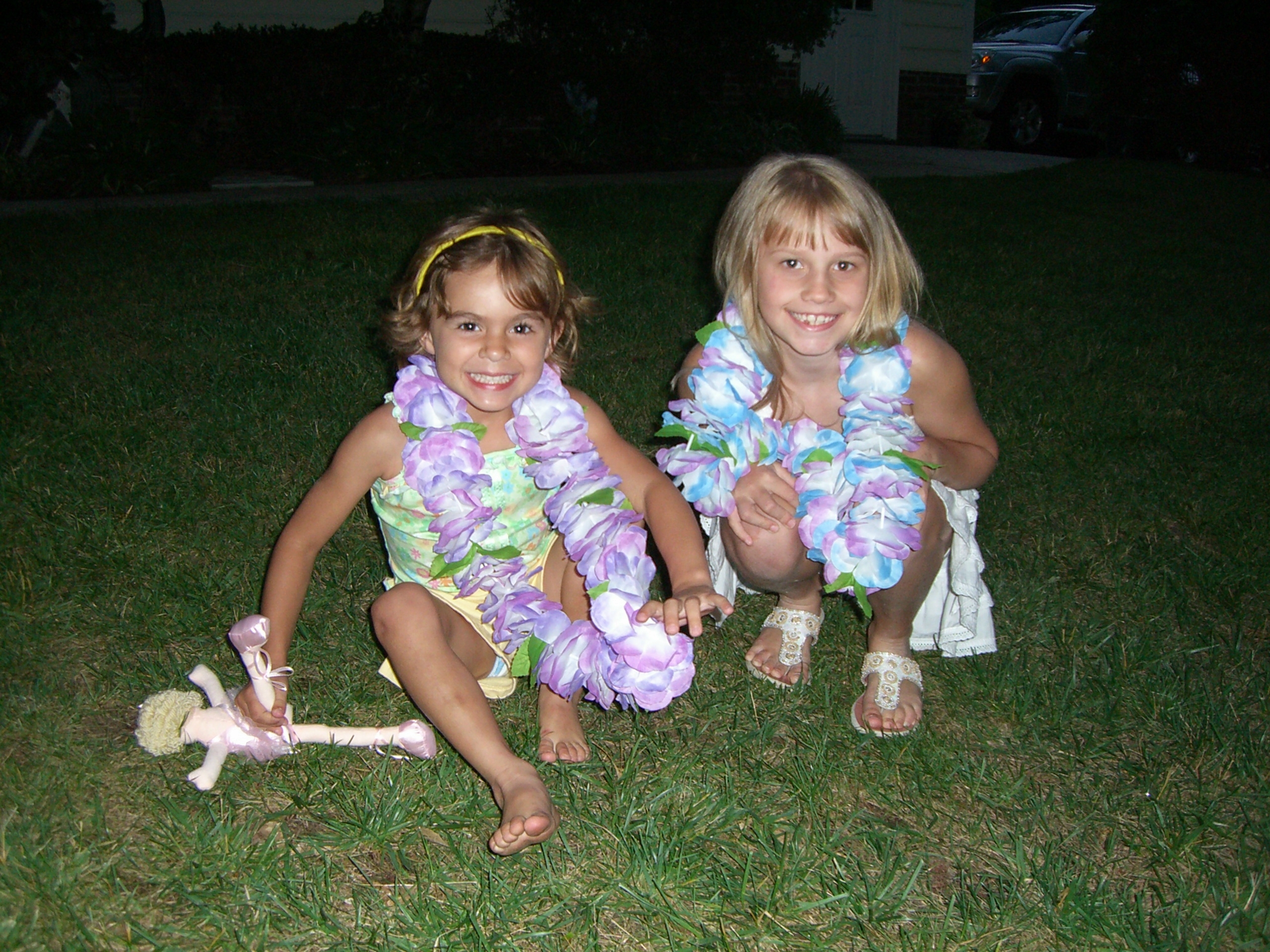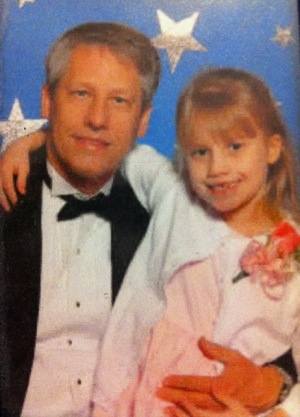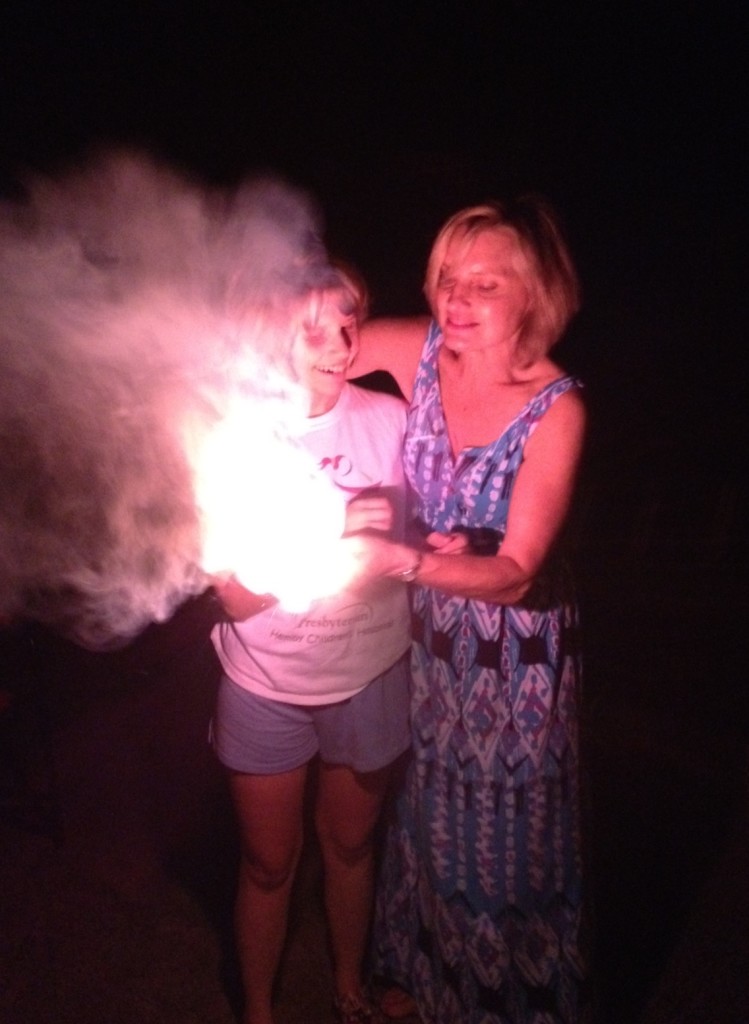This week, Taylor’s good friend, Charlotte, invited her to cheer from the stands at her school volleyball game and join her and the other girls for burgers afterward.
Taylor ate school lunches and walked the halls with those girls for six years. This year – ninth grade for all of them – six years post-Batten disease diagnosis – my parents faced a cruel decision.
Those girls aren’t my little sister’s classmates anymore. But when I saw this picture, I discovered that they still love her. And I loved them for it.
Each and every day, I grieve for what could have been.
A normal high school experience for Taylor.
A long and happy life.
Every once in a while, a small miracle comes our way.
Sometimes it comes in the form of opportunity…of hope.
Sometimes it comes in the form of love.
Just love.

